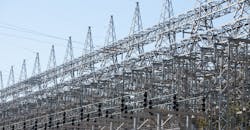Great Question: Who’s Got the Power?
Why is electric power supplies becoming increasingly scarce at the same time that electricity is being hailed as the green and sensible alternative to carbon-based fuels? Why are regulators so idealistic about alternative power sources – and determined to qualify electricity based on its source?
In this installment of the Great Question podcast, consultant Brian Reinke explains the “hyper-complex risk environment” of the electric grid.
Consumer and industrial demands are changing the performance and even the functionality of the North American electric power grid – and consumers like foundries should understand how the grid works in order to protect their business’s interest, and perhaps even prosper as a result.
